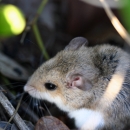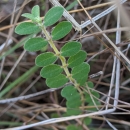
U.S. Fish and Wildlife Service’s revised Statewide Programmatic Biological Opinion (SPBO) for the U.S. Army Corps of Engineers (Corps) Civil Works and Regulatory sand placement activities in Florida
Publication date
Facility
Program
Species
FWS Focus
FWS Focus
FWS Focus
FWS Focus
FWS Focus
FWS Focus
FWS Focus
FWS Focus
FWS Focus
FWS Focus
FWS Focus
FWS Focus
FWS Focus
FWS and DOI Region(s)











